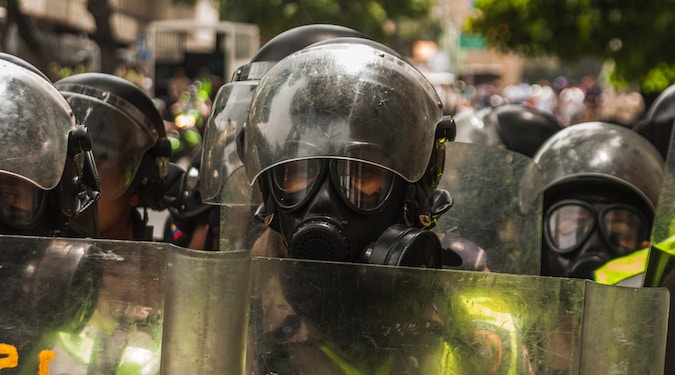Overkill or overdue? Why your company may need a BS officer
Share

The past 12 months have been filled to the brim with privacy breaches and brand failures. Should brands be putting on new safety armour for 2019? By Ben Plomion.
At this year’s World Mobile Congress, Bank of America announced it had created the position of ‘brand safety officer’, whose role is to protect the brand and to ensure the bank’s estimated US$1 billion is spent appropriately (at least brand safety-wise).
When I shared this with my team, I sensed their collective Australian bullshit detector began to twitch. Was this really a necessity or more of a PR play to reassure the board that after the brand safety headlines of 2018, things were under control?
However, as the year has gone on more and more Australian CMOs are talking about their concerns – of which brand safety remains prominent. Against this backdrop it becomes less surprising that brands with deep enough pockets (and deep enough advertising budgets) may soon do the same.
Firstly, it is getting progressively harder to easily define what environments are safe and unsafe for a brand to advertise in.
It used to be a relatively straightforward process for most brands – gambling? Yes/no. Adult content? Yes/no. Tobacco? Yes/no.
Today however, there’s a huge raft of divisive socio-political issues to consider with the issue of fake news, hate speech, activist groups such as Sleeping Giants expanding activity and the curve balls that sometimes accompany third-party ad placements.
Related: Why preparing for the worst ensures your business is the best »
Then there’s the financial impact to consider. When my own company conducted research late last year into the issue of brand safety, the CEO of the USA’s Association of National Advertisers Bob Liodice told GumGum that “marketers spend years and years, and millions, if not billions, of dollars to elevate a brand… in one fell swoop, that reputation, that equity, that loyalty can be damaged or severely disrupted.”
The survey (which was US based only but correlates with conversations we have had locally in market) found that 75% of brands experienced at last one unsafe exposure in the preceding 12 months. While not all instances will have any serious brand or financial implications, each will have sucked up management time to unpick and communicate with affected parties and that can negatively impact business as usual.
For brands that can’t afford a dedicated headcount, the next best thing is to make sure a clearly articulated brand safety policy or manifesto is defined and agreed. Once this is in place, responsibility for adhering to it must also be agreed and allocated across key team members. It won’t work if brand safety is the duty of everyone but the responsibility of no-one.
Considerations for a brand safety manifesto
Define a brand safety strategy
There isn’t a one-size-fits-all template for how to do this as each brand is unique and the strategy will have to align with the brand’s industry, audience and internal culture.
Something that would be acceptable for an edgy urban retail brand might be out of the question for a nationwide not-for-profit superfund. Once you take out the obvious bad stuff, it can be hard to define what is acceptable in the ‘grey’ areas so it can take a bit of time to fully develop. Brand safety also won’t be a set-and-forget policy as new political issues are thrown up into the public consciousness.
Ensure vendors and agencies are on board
It’s not enough to whiteboard something about brand safety at an offsite. The real measure is to make sure that the brand safety strategy is clearly communicated to everyone in the brand’s advertising ecosystem (and that a mechanism for on-boarding new account and team members is put in place given the typically rapid turnover rate within an agency).
Continuous education
Technology is changing all the time, so someone needs to be tasked with keeping up with the latest developments, as well as standards and guidelines from IAB and other industry associations. It’s also important that the wider executive team understand key safety tools such as publisher whitelisting and blacklisting, negative keyword lists and image recognition.
As businesses head into the planning phase for 2019, investing in creating a brand safe environment and clearly defining a brand safety strategy should be put high up the ‘must do’ list for everyone; big and small brands alike.
Ben Plomion is CMO at GumGum
Further Reading:
Image credit:Andrés Gerlotti
















